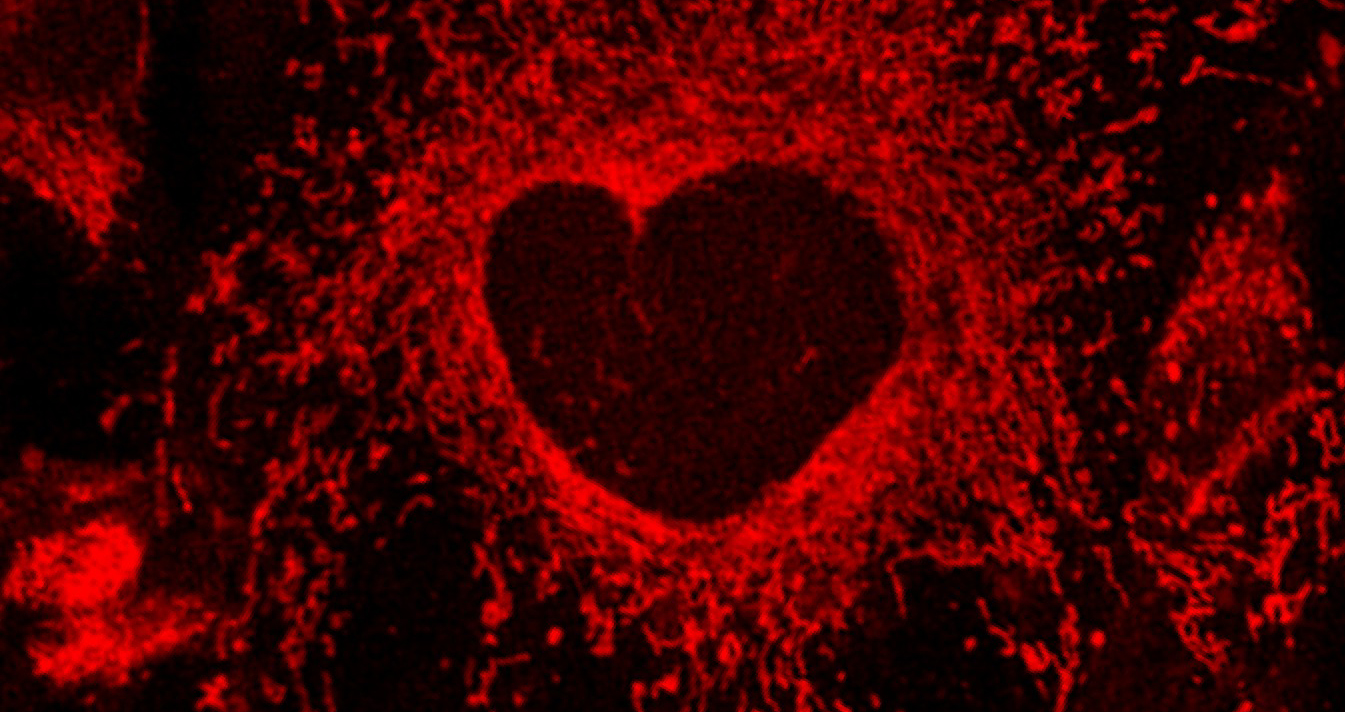
Neurobiology of Disease
, 30 October 2018
Mice harbouring a SCA28 patient mutation in AFG3L2 develop late-onset ataxia associated with enhanced mitochondrial proteotoxicity.
Cecilia Mancini a,1 , Eriola Hoxha b,c,1 , Luisa Iommarini d , Alessandro Brussino a , Uwe Richter e , Francesca Montarolo b,c , Claudia Cagnoli a , Roberta Parolisi b,c , Diana Iulia Gondor Morosini b,c , Valentina Nicolò b,c , Francesca Maltecca f , Luisa Muratori c,g , Giulia Ronchi c,g , Stefano Geuna c,g , Francesca Arnaboldi h , Elena Donetti h , Elisa Giorgio a , Simona Cavalieri a , Eleonora Di Gregorio i , Elisa Pozzi a , Marta Ferrero a , Evelise Riberi j , Giorgio Casari f , Fiorella Altruda k , Emilia Turco k , Giuseppe Gasparre 1 , Brendan J. Battersby e , Anna Maria Porcelli d , Enza Ferrero a , Alfredo Brusco a , i,*,1 , Filippo Tempia b,c,1
Spinocerebellar ataxia 28 is an autosomal dominant neurodegenerative disorder caused by missense mutations affecting the proteolytic domain of AFG3L2, a major component of the mitochondrial m-AAA protease. However, little is known of the underlying pathogenetic mechanisms or how to treat patients with SCA28. Currently available Afg3l2 mutant mice harbour deletions that lead to severe, early-onset neurological phenotypes that do not faithfully reproduce the late-onset and slowly progressing SCA28 phenotype.
Here we describe production and detailed analysis of a new knock-in murine model harbouring an Afg3l2 allele carrying the p.Met665Arg patient-derived mutation. Heterozygous mutant mice developed normally but adult mice showed signs of cerebellar ataxia detectable by beam test. Although cerebellar pathology was negative, electrophysiological analysis showed a trend towards increased spontaneous firing in Purkinje cells from heterozygous mutants with respect to wild-type controls.
As homozygous mutants died perinatally with evidence of cardiac atrophy, for each genotype we generated mouse embryonic fibroblasts (MEFs) to investigate mitochondrial function. MEFs from mutant mice showed altered mitochondrial bioenergetics, with decreased basal oxygen consumption rate, ATP synthesis and mitochondrial membrane potential. Mitochondrial network formation and morphology was altered, with greatly reduced expression of fusogenic Opa1 isoforms. Mitochondrial alterations were also detected in cerebella of 18-month-old heterozygous mutants and may be a hallmark of disease.
Pharmacological inhibition of de novo mitochondrial protein translation with chloramphenicol caused reversal of mitochondrial morphology in homozygous mutant MEFs, supporting the relevance of mitochondrial proteotoxicity for SCA28 pathogenesis and therapy development.







